filter
-
Brand
- By Category
- Direction
- Date Range
133Events
Pictures
Events

Editorial Endangered Cloned Ferret Gives Birth World First
- 2024-11-05
- 2

Editorial Ropsha fish farm
- 2024-11-02
- 3

Editorial Bouncing Baby Bongo Calf Is Woburn Safari Park's First In A Decade
- 2024-10-28
- 3

Editorial Irish Life Dublin Marathon
- 2024-10-27
- 25

Editorial Lord Cameron helps develop treatments for rare genetic diseases
- 2024-10-15
- 1

Editorial Robert Plympton Sentenced to Life in Prison for Forty-Year-Old Murder
- 2024-10-05
- 13

Editorial Great Scottish Run, george square, glasgow, Scotland UK - 04 Oct 2024
- 2024-10-04
- 5

Editorial George Murdoch murder
- 2024-09-26
- 48

Editorial Germany: Thousands Rally in Berlin's March for Life Against Abortion and Euthanasia
- 2024-09-22
- 11

Editorial Thousands Rally in Berlin's March for Life Against Abortion and Euthanasia, Berlin, Berlin, Germany - 21 Sep 2024
- 2024-09-21
- 11

Editorial Scientists Store Human DNA On 'Eternity Crystal’ That Lasts For Billions Of Years
- 2024-09-20
- 3
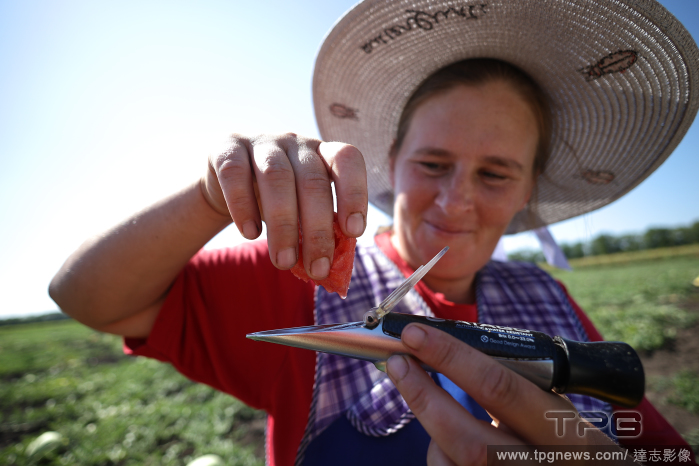
Editorial Russia Agriculture Watermelons
- 2024-08-09
- 28

Editorial Russia Agriculture Fruits Harvesting
- 2024-08-06
- 41

Editorial Hawaii's 1991 Dana Ireland murder case solved with help of DNA
- 2024-07-30
- 6
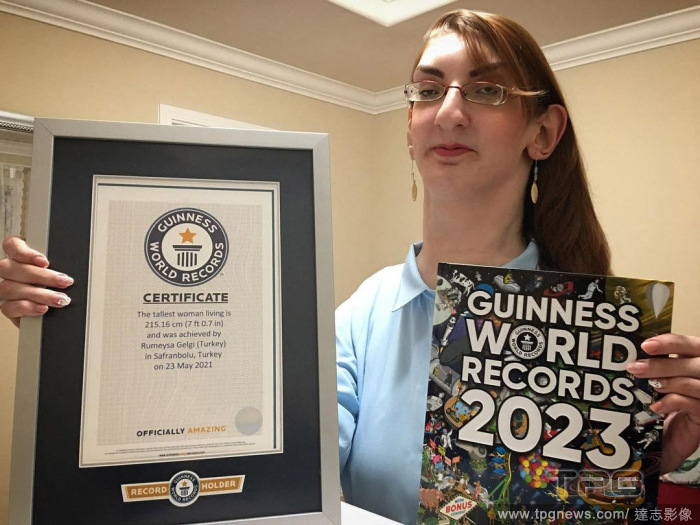
Editorial EXCLUSIVE: World?s tallest woman at 7ft breaks two new records
- 2024-07-18
- 47

Editorial Scientists Discover 'Once-In-A-Lifetime' Blue Frog In Australia
- 2024-07-16
- 4

Editorial Rare genetic mutation turns tree frog bright blue as ecologists make ?once in a lifetime? sighting
- 2024-07-12
- 3

Editorial US-NEWS-MED-FORENSIC-GENETIC-GENEALOGY-BZ
- 2024-06-21
- 1

Editorial Endangered Wallabies Explore New Home
- 2024-06-12
- 14

Editorial Russia Agriculture Sweet Cherry Harvest
- 2024-05-30
- 32

Editorial Childhood genetic disorders
- 2024-05-24
- 1
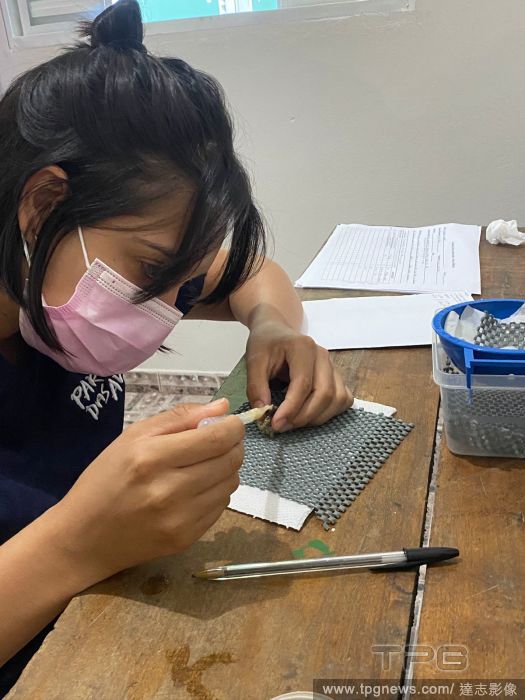
Editorial New Hope For One Of The World’s Rarest Bird Species As International Team Of Conservationists Hand-Rear Chick
- 2024-05-17
- 16

Editorial Fisherman Catches Rare 'One In Two Million' Blue Lobster Off British Coast
- 2024-05-16
- 4

Editorial Hearing loss gene therapy
- 2024-05-09
- 12

Editorial Diabetes study
- 2024-04-17
- 1

Editorial Diabetes study
- 2024-04-16
- 1

Editorial Baby Giraffe Kicks Up Her Heels In First Outdoor Adventure At Chester Zoo
- 2024-04-05
- 27

Editorial Incognito art sale
- 2024-04-05
- 7

Editorial Armigeres Mosquito - Animal India, Tehatta - 04 Apr 2024
- 2024-04-05
- 7

Editorial Obesity study
- 2024-04-04
- 1

Editorial Charity football match for Louis Perrin
- 2024-03-23
- 1

Editorial Charity football match for Louis Perrin
- 2024-03-22
- 1

Editorial Paul Rudd Creates Unforgettable Moment For Ghostbusters Superfan With Custom Tattoo
- 2024-03-21
- 11

Editorial Aesthetica Art Prize exhibition, York Art Gallery, UK - 15 Feb 2024
- 2024-02-15
- 3

Editorial Glow Way! Bioluminescent Houseplants Go On Sale In The US For The First Time
- 2024-02-14
- 11
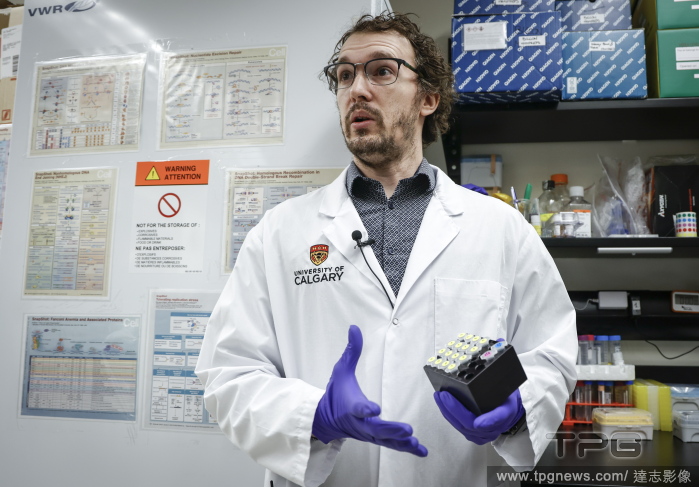
Editorial Genetic Mutation Tool, Calgary, Canada - 06 Feb 2024
- 2024-02-07
- 5
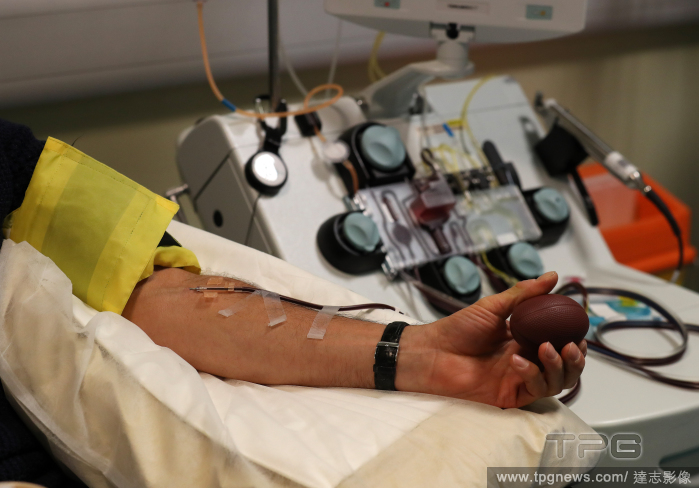
Editorial Genetic blood-matching test
- 2024-01-22
- 1
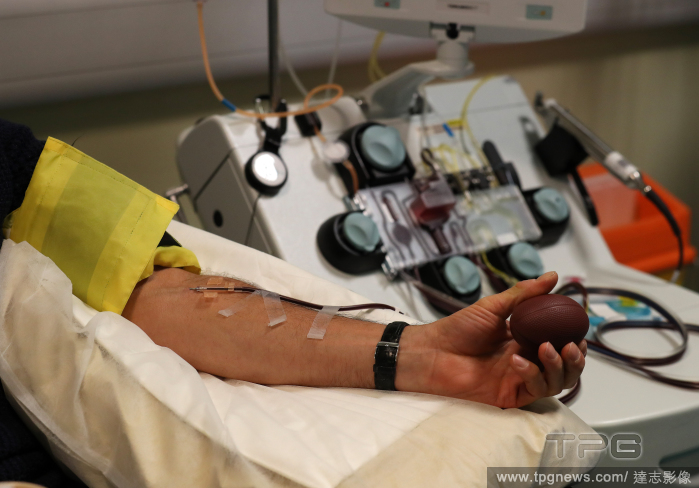
Editorial Genetic blood-matching test
- 2024-01-21
- 1

Editorial Blind Teenager Learns Thousands Of Notes Of Music By Heart Using Just His Memory And YouTube Videos
- 2023-12-15
- 7

Editorial Extremely rare 'white' leucistic alligator born at US zoo
- 2023-12-11
- 19

Editorial EXCLUSIVE: Researchers reveal what offices will look like in 2050 ? including holographic calls, sensor-controlled desks and AI personal assistants
- 2023-12-05
- 1
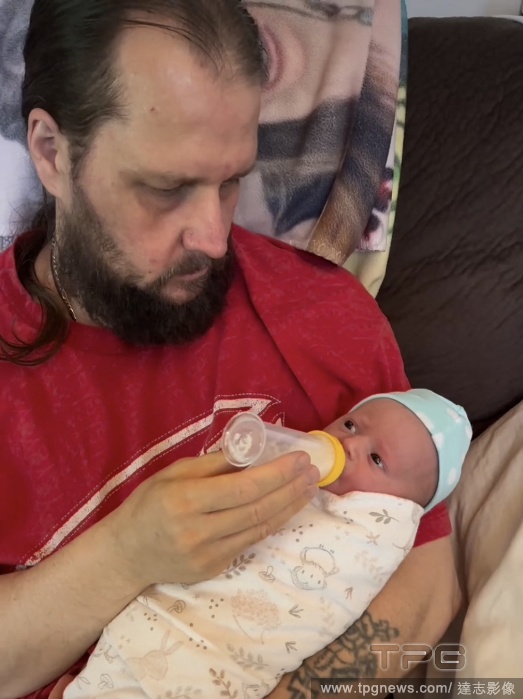
Editorial EXCLUSIVE: 'I've been bullied my whole life and people compare me to a demon ? I don't want my child to face the same challenges'
- 2023-12-04
- 56

Editorial Wolman disease treatment
- 2023-11-27
- 1

Editorial Wolman disease treatment
- 2023-11-26
- 1

Editorial EXCLUSIVE: Rarest cat in the world - an Amur Leopard - born at UK zoo
- 2023-11-23
- 7

Editorial Rare Monkey Pair Find New Home In Cornwall
- 2023-11-17
- 4

Editorial Spinal muscular atrophy screening programme
- 2023-10-25
- 2

Editorial Seed Savers Network's Seed Bank in Nakuru, Kenya - 19 Oct 2023
- 2023-10-21
- 31
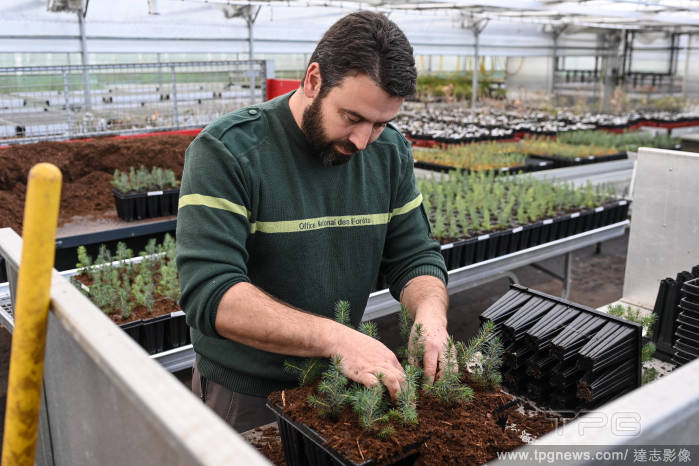
Editorial GUEMENE PENFAO : A tree nursery against global warming.
- 2023-10-09
- 31

Editorial Fairer funding plea
- 2023-10-04
- 2

Editorial Obesity study
- 2023-10-04
- 1
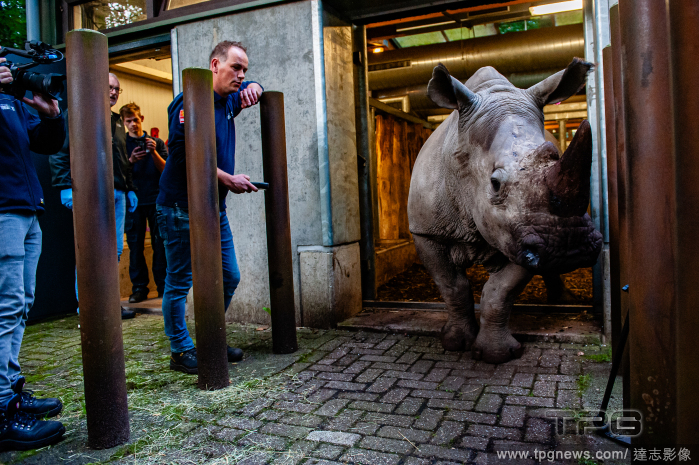
Editorial Square-lipped rhino leaves from Royal Burgers' Zoo in Arnhem, Netherlands - 26 Sept 2023
- 2023-09-27
- 18
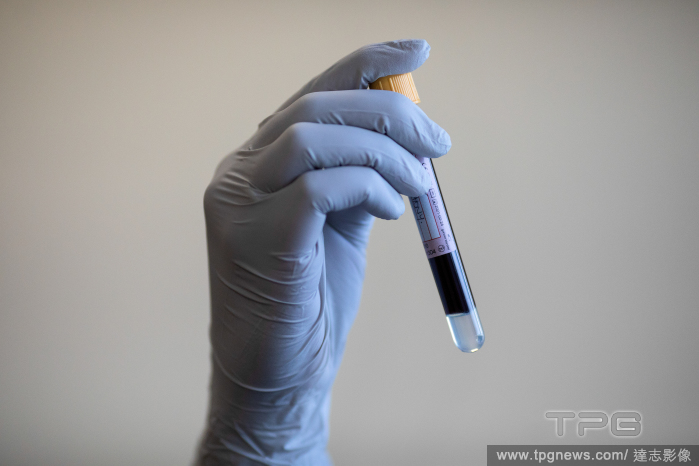
Editorial Ovarian cancer test
- 2023-09-15
- 2

Editorial First Spotless Giraffe Seen In The Wild: Calf Without Iconic Markings Is Seen With Its Mother In Africa
- 2023-09-12
- 3

Editorial Depression research
- 2023-09-11
- 2

Editorial Depression study
- 2023-09-11
- 1

Editorial ?World?s rarest giraffe? born without spots at US zoo
- 2023-08-22
- 3

Editorial Tennis: Junior player Arato Katsuda-Green
- 2023-08-10
- 2

Editorial 'Coronation Street' TV Show, Episodes 11001-11018, UK - Jul 2023
- 2023-07-27
- 4

Editorial Architect Rex Heuermann charged in US serial killer case
- 2023-07-15
- 1

Editorial Python hunters show off record-breaking 19-foot Burmese python - the longest ever caught in Florida
- 2023-07-14
- 6

Editorial EXCLUSIVE: Teen boy with two-foot long tail growing from back worshipped as Hindu monkey God
- 2023-07-13
- 24

Editorial EXCLUSIVE: Woman who 'looks like 50-year-old' and 'older than her MUM' due to rare condition celebrates 18th birthday
- 2023-07-04
- 35
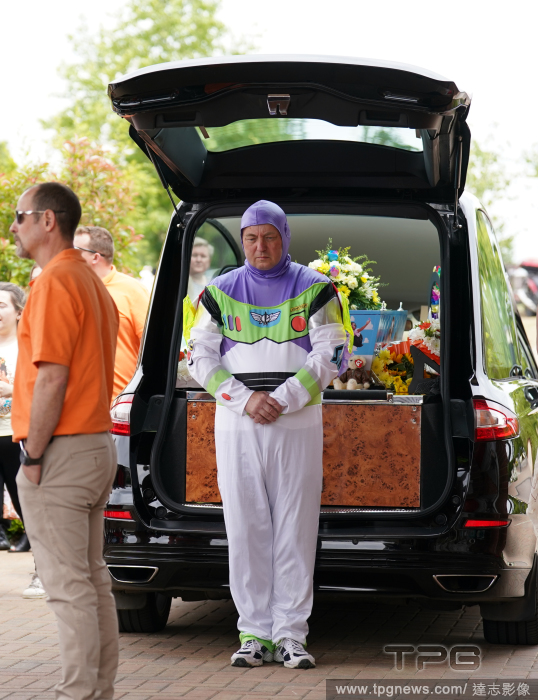
Editorial Noah Cox-Lee funeral
- 2023-06-30
- 34
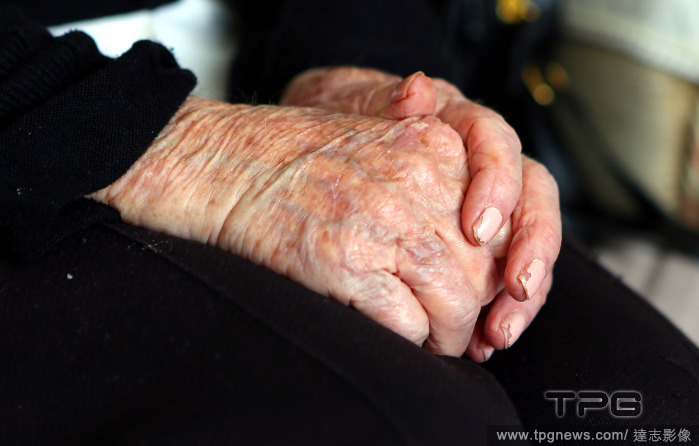
Editorial Alzheimer's research
- 2023-06-30
- 3

Editorial Shahzad Ismaily in New York on June 5, 2023. (Mark Sommerfeld/The New York Times)
- 2023-06-28
- 4

Editorial Students during class at P.S. 15 Patrick F. Daly, where children with intellectual or multiple disabilities join their peers in general education classrooms to learn together, in Brooklyn, March 14, 2023. (Jackie Molloy/The New York Times)
- 2023-06-20
- 2

Editorial Students during class at P.S. 15 Patrick F. Daly, where children with intellectual or multiple disabilities join their peers in general education classrooms to learn together, in Brooklyn, March 14, 2023. (Jackie Molloy/The New York Times)
- 2023-06-16
- 8

Editorial Students during class at P.S. 15 Patrick F. Daly, where children with intellectual or multiple disabilities join their peers in general education classrooms to learn together, in Brooklyn, March 14, 2023. (Jackie Molloy/The New York Times)
- 2023-06-16
- 4

Editorial Students during class at P.S. 15 Patrick F. Daly, where children with intellectual or multiple disabilities join their peers in general education classrooms to learn together, in Brooklyn, March 14, 2023. (Jackie Molloy/The New York Times)
- 2023-06-14
- 1

Editorial Students during class at P.S. 15 Patrick F. Daly, where children with intellectual or multiple disabilities join their peers in general education classrooms to learn together, in Brooklyn, March 14, 2023. (Jackie Molloy/The New York Times)
- 2023-06-11
- 9

Editorial Students during class at P.S. 15 Patrick F. Daly, where children with intellectual or multiple disabilities join their peers in general education classrooms to learn together, in Brooklyn, March 14, 2023. (Jackie Molloy/The New York Times)
- 2023-06-05
- 3

Editorial Students during class at P.S. 15 Patrick F. Daly, where children with intellectual or multiple disabilities join their peers in general education classrooms to learn together, in Brooklyn, March 14, 2023. (Jackie Molloy/The New York Times)
- 2023-06-05
- 2
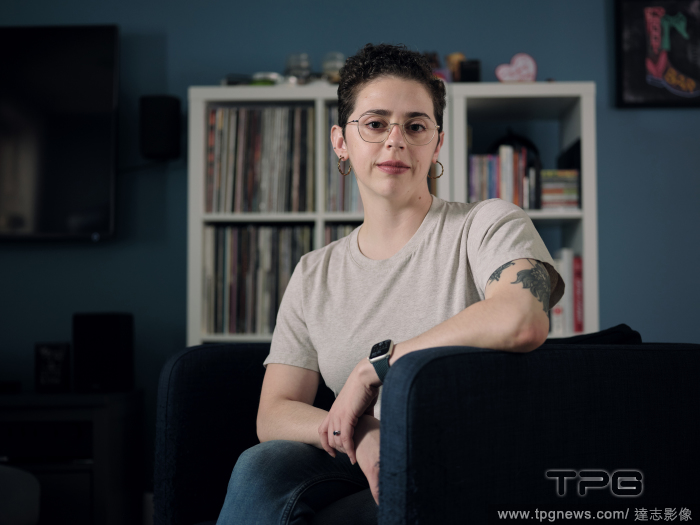
Editorial Katie Elkins, whose doctor recommended she get a new kind of genetic test to better assess her risk of a heart attack, in Philadelphia, May 25, 2023. (Hannah Price/The New York Times)
- 2023-05-30
- 2

Editorial Katie Elkins, whose doctor recommended she get a new kind of genetic test to better assess her risk of a heart attack, in Philadelphia, May 25, 2023. (Hannah Price/The New York Times)
- 2023-05-23
- 4

Editorial Jose Echevarria, who has Huntington’s disease, a hereditary, progressive neurodegenerative illness caused by a genetic mutation, at the home he shares with his mother and sister in Piojo, Colombia, May 8, 2023. (Charlie Cordero/The New York Times)
- 2023-05-23
- 2

Editorial Jose Echevarria, who has Huntington’s disease, a hereditary, progressive neurodegenerative illness caused by a genetic mutation, at the home he shares with his mother and sister in Piojo, Colombia, May 8, 2023. (Charlie Cordero/The New York Times)
- 2023-05-19
- 1

Editorial Jose Echevarria, who has Huntington’s disease, a hereditary, progressive neurodegenerative illness caused by a genetic mutation, at the home he shares with his mother and sister in Piojo, Colombia, May 8, 2023. (Charlie Cordero/The New York Times)
- 2023-05-18
- 1

Editorial Jose Echevarria, who has Huntington’s disease, a hereditary, progressive neurodegenerative illness caused by a genetic mutation, at the home he shares with his mother and sister in Piojo, Colombia, May 8, 2023. (Charlie Cordero/The New York Times)
- 2023-05-09
- 1
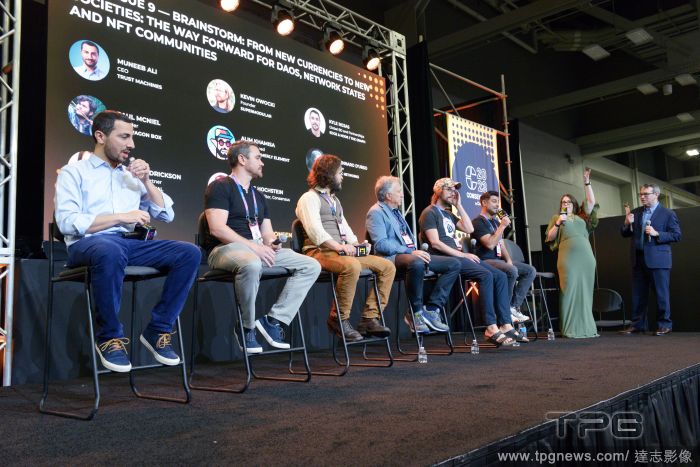
Editorial Jose Echevarria, who has Huntington’s disease, a hereditary, progressive neurodegenerative illness caused by a genetic mutation, at the home he shares with his mother and sister in Piojo, Colombia, May 8, 2023. (Charlie Cordero/The New York Times)
- 2023-04-30
- 9

Editorial Jose Echevarria, who has Huntington’s disease, a hereditary, progressive neurodegenerative illness caused by a genetic mutation, at the home he shares with his mother and sister in Piojo, Colombia, May 8, 2023. (Charlie Cordero/The New York Times)
- 2023-04-27
- 9
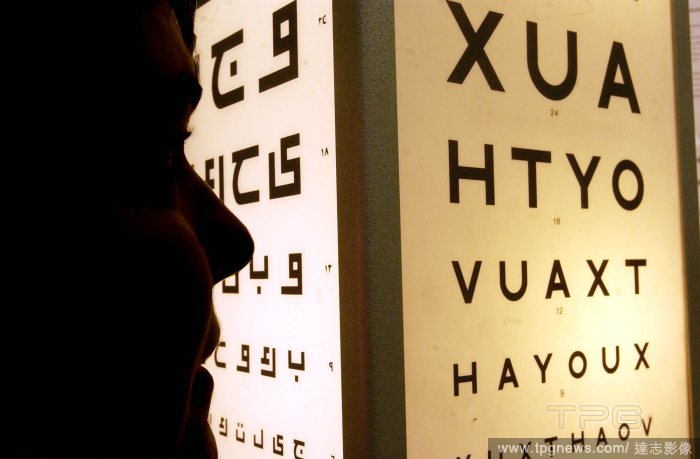
Editorial Jose Echevarria, who has Huntington’s disease, a hereditary, progressive neurodegenerative illness caused by a genetic mutation, at the home he shares with his mother and sister in Piojo, Colombia, May 8, 2023. (Charlie Cordero/The New York Times)
- 2023-04-24
- 1
 Loading
Loading 